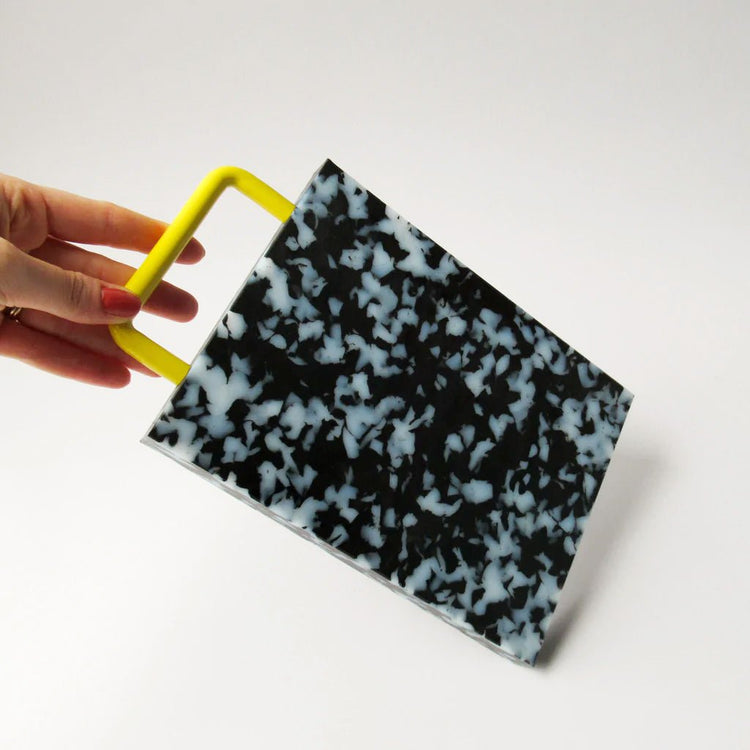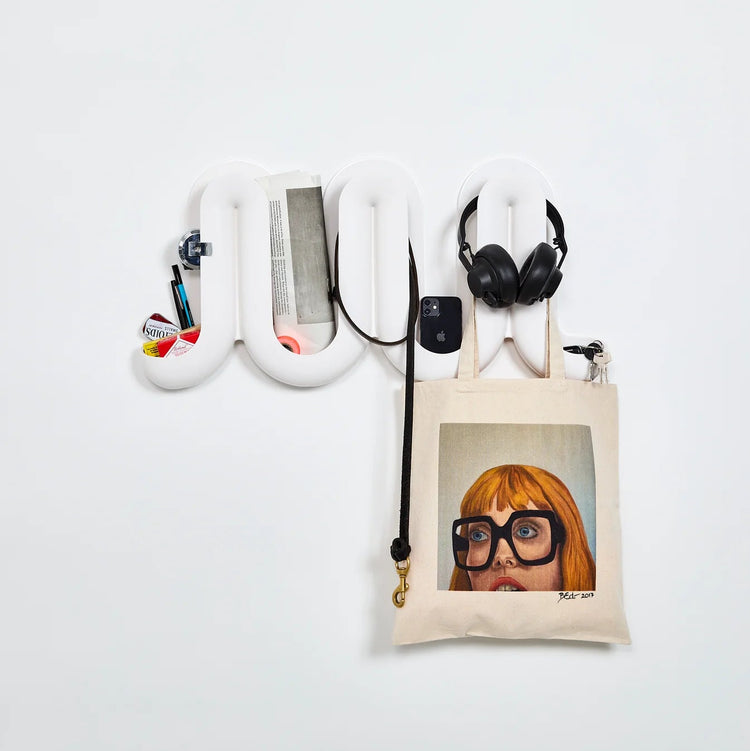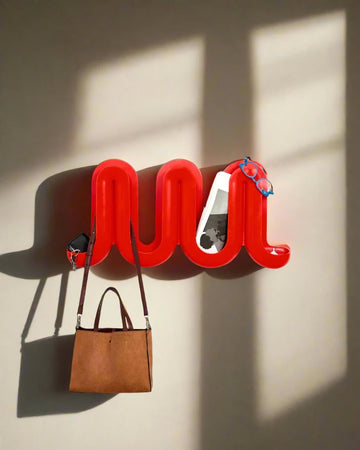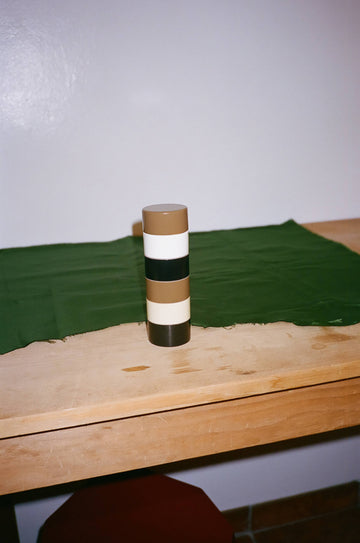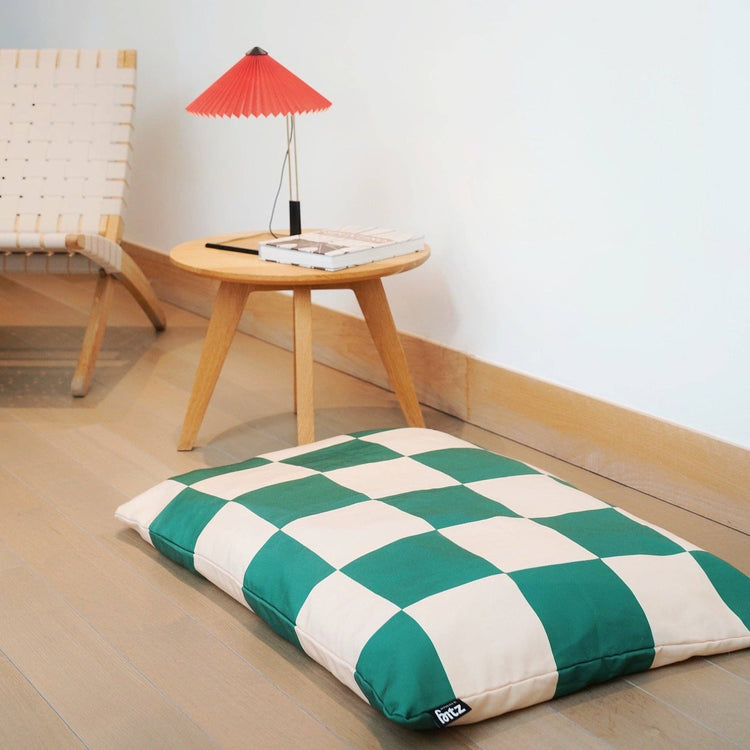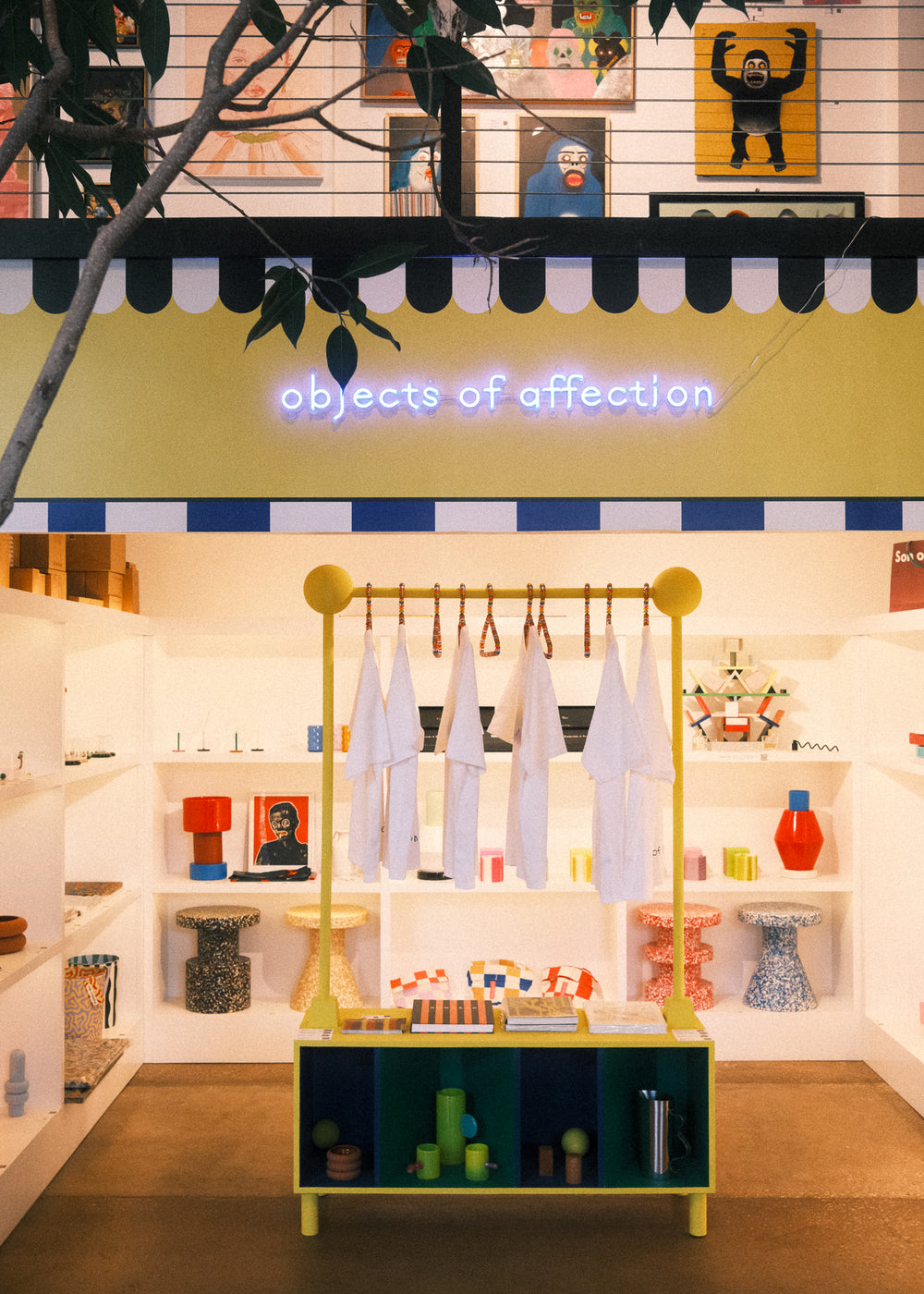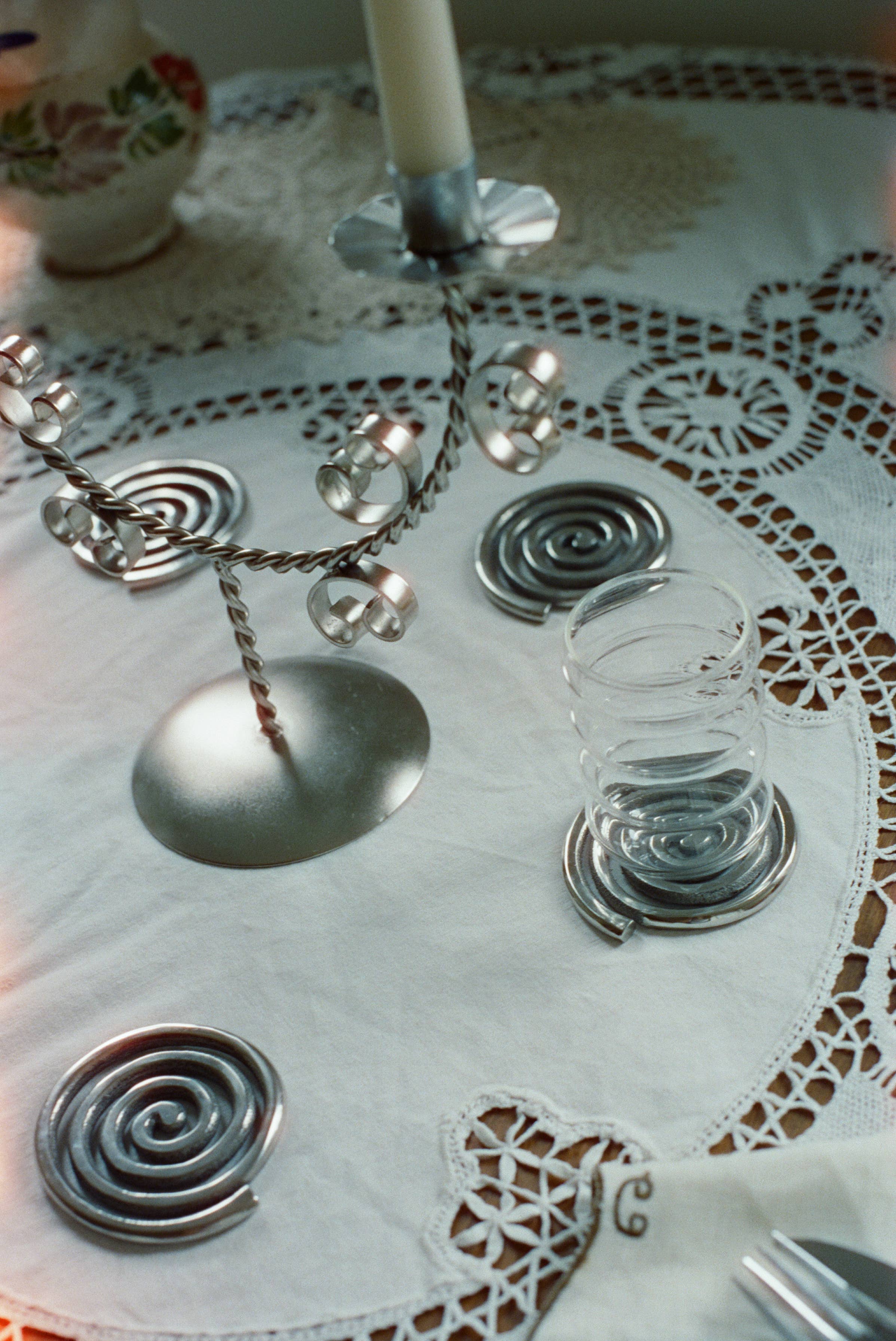General Idea
General Idea
Hurry up, only 1 item left in stock.
This 768-page volume stands as the most comprehensive source on the Canadian collective General Idea, founded in Toronto in 1969 by Felix Partz, Jorge Zontal and AA Bronson and active until the deaths of Partz and Zontal in 1994. The book is arranged in three parts: Performances and Actions, In the Streets and In the Showroom. The first two parts focus on ephemeral, time-based and even disposable works. The third part includes a plate section offering a near-complete visual survey of General Idea’s practice. Facing-page comparative images show works as they appeared in historical installations or other relevant contexts. These three sections correspond broadly to the collective’s development: from performances, actions, pageants and other practices (1969–78), through works engaging with mass-media formats such as the magazine, television and video (1972–’80s), and finally to works conceived for galleries and museums (1985–94). The publication features a prologue by AA Bronson, a conversation between him and Beatrix Ruf, and new texts by international scholars. The appendix includes a complete scholarly bibliography, exhibition and performance histories, and an illustrated chronology of the group.
Conceived by AA Bronson in close collaboration with designer Garrick Gott and editor Adam Welch, each section has a distinct visual identity and graphic treatment. The book itself functions as a kind of edition by the collective, evoking General Idea’s preoccupation with redeploying cultural phenomena: here, the museum exhibition catalog.
- 768 pgs, 30 × 27 cm, Paperback, 2022.
Couldn't load pickup availability
Care & Dimensions
Care & Dimensions
Share this product

Meet the Maker
Considered one of Denmark’s greatest and most influential architects, Mogens Lassen pioneered Danish Functionalism, taking his cues from Bauhaus sensibilities. His interior designs are a natural continuation of his architectural approach and add energy and atmosphere to everyday living spaces and tasks. From decorative objects to larger furniture designs, his designs delicately balance presence without drawing undue attention, finding their natural place in any space.












